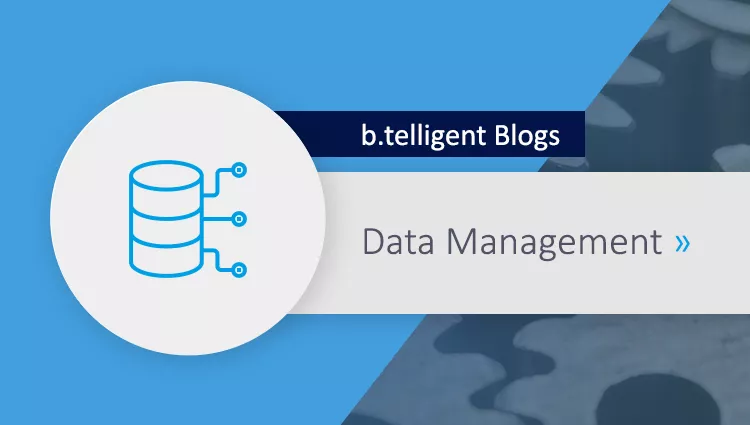In the first part of this blog series, we examined why the pillars comprising availability, performance and security pose central requirements for data platforms. We considered various facets of the individual pillars, and have come to the conclusion that their requirements are in mutual conflict.
Next we will examine how we can nevertheless fulfil these requirements – namely with the right technology.
What does this have to do with Exasol and Protegrity?
Parameters defining the pillar of security cannot be manipulated in a serious approach. These must be guaranteed. A suitable combination of tools must allow simple and consistent handling of data, regardless of its need for security. Required furthermore is high performance during data provision and query.
These requirements can be fulfilled by combining Exasol and Protegrity. Thanks to their close integration, these tools ensure security, performance and availability.
Reference Architecture Data Platforms
When projecting this combination onto the data platform's architecture, it is necessary to ensure its implementation wherever the requirements of the three pillars need to be fulfilled equally. Theoretically, this applies to almost any area of the platform. Arising later potentially, however, are further requirements which can be met only to a limited extent by Protegrity or Exasol. Examples here include storage of semi-structured sensor data. In this case, Protegrity would need to be combined with another memory. Another example is processes which have a real-time requirement but are not based on data requiring security. In this case, Exasol could be used without Protegrity.
Exasol

Source: www.exasol.com (2021)
Why does this extraordinary balancing act work with Exasol?
First of all, Exasol is a fast database. Architecturally, the manufacturer has placed all bets on one card and created a columnar, massively parallel database with an intelligent in-memory component. In addition, there is compression and automated tuning/indexing to ensure constant and high performance.
Comprehensive auditing, encrypted storage and a rights-role concept are delivered by default when it comes to security. This also makes it possible to fulfil strict requirements and regulations such as those in the financial sector.
Another strength is compatibility. Everything which understands JDBC can be connected classically as a source or destination. In addition, there is a comprehensive framework enabling integration of almost all languages and libraries. This is based on containers which run on the database cluster and can be addressed via UDFs (user-defined functions) on the DBMS side.
This results in perfect interaction with Protegrity. Protective components which can be applied to data by means of encryption/tokenization/anonymization as well as decryption/de-tokenization run on the cluster and can be integrated via this framework. For this reason, there are no or hardly any losses due to network communication, or dependencies on the performance of other, external components.
Conclusion and outlook
Availability and performance are essential ingredients of a data platform. From our point of view, Exasol as a high-performance analytical database is a very good technical solution for dealing with these two requirements:
A very open data architecture supports integration of data from various sources both on-premises and in the cloud (AWS, Azure or GCP) and, thus, implementation of a central data pool.
Due to the in-memory and column-oriented architecture, the combination offers high performance which, in our experience, often overtakes the DB competition. As a result, data is not only processed efficiently and promptly, but also evaluated efficiently.
Of course, it should also be noted that in addition to technical measures, it is also necessary to establish organizational measures such as data governance in order to ensure the quality and findability of data in the long term. Without a treatment of data security however, technical performance and availability are rather toothless. After all, what good is performant provision of data if no one is permitted to evaluate them due to missing security measures? In the third part of this blog series, we therefore examine the Protegrity platform in detail, and show how integration with Exasol can be realized here.
Read on!
Click here for the 3rd part











